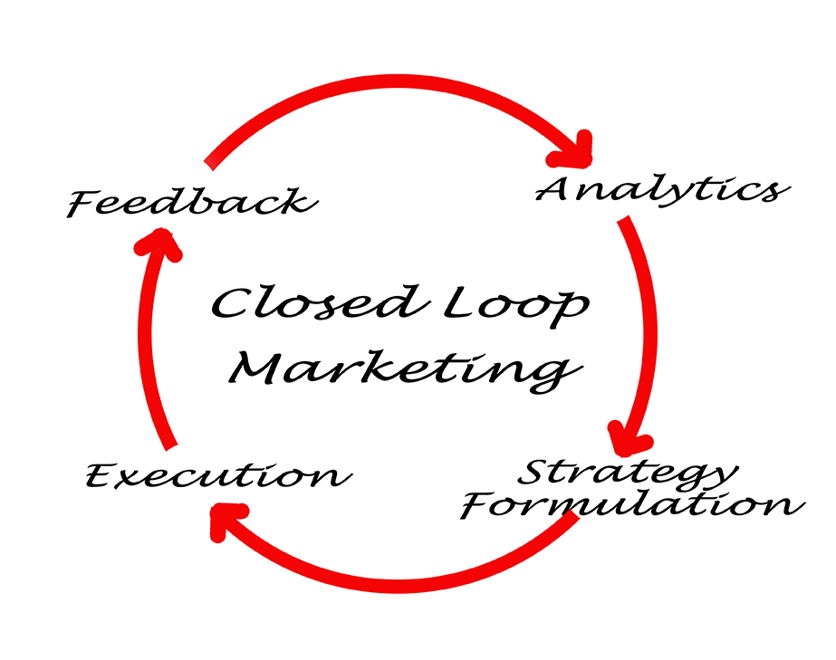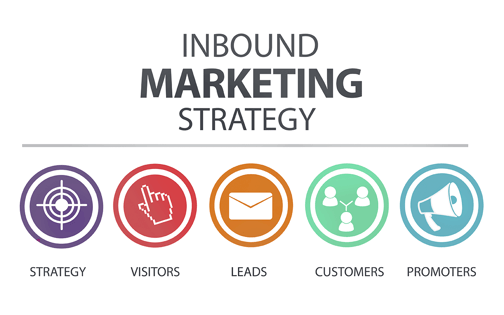The old ways of selling products and services simply aren’t relevant anymore. Cold pitching, interruptive messaging and hard-sell persuasion just turn people off.
Today we prefer to research solutions ourselves online and get to know companies on our own terms before we’re presented with offers. We’ve got more media savvy than we used to have, and we trust only those with whom we’ve built relationships over time. What’s more, using just our thumbs for a few seconds, we can access more information about other businesses than we used to see in our lifetimes.
What Is Inbound Marketing?
Instead of reaching out to prospects, today they reach out to us. If we’ve done our jobs well, then they can find us when they’re interested – we just have to make sure that they’ll want to. That’s what inbound marketing is all about.
How Contemporary Companies Do Business
Instead of competing with all of the other messages that swirl around your audience for their immediate attention, by adhering to inbound methodology, your marketing efforts are focused on attracting the right people as audience members, capturing them as leads and then nurturing leads to the point of sales-readiness.
It starts with publishing content assets that are methodically optimized to appeal to the people you believe are most likely to make great customers, and it ends with handing over qualified leads to your sales team for closing.
Statistically speaking, inbound marketing performs better than traditional methods, with ROI growing as the longevity of your inbound program grows. Studies have shown that inbound marketing generates 54% more leads than outbound marketing – and at 61% lower cost. In fact, with inbound marketing, you’ll spend less to generate leads than you would with any outbound marketing channel.
So with inbound, you get more bang for your buck. By starting with prospects who are more likely to benefit from your solutions, and by building relationships with useful information that they want, you’re dealing strictly with leads who are most likely to eventually convert. This is long-term marketing efficiency at its best. Here’s why.
Continuous Improvement Is Baked In
There are several core aspects of inbound marketing methodology that make it a top performer over time. If you’re doing inbound correctly, then you’re by definition going to enjoy long-term returns. That’s because proper inbound execution involves constant research, experimentation, iteration, smart automation and performance measurement.
By creating closed loops of feedback, you’re always learning more about who your audience is, how to publish assets that will resonate better with them, how to capture the most leads that are the most qualified and how to most efficiently prepare them to close deals with you.

In this manner, inbound marketing is built to enable refining strategies and tactics for maximum impact over time.
Compounding Impact Over Time
Although it generally qualifies as interruptive media, advertising can be extremely effective for drumming up business – especially when used together with inbound marketing tactics. The problem with advertising, though, is that when you stop paying in, the leads stop coming your way. There’s no residual momentum, no accumulated brand equity that translates into ongoing business.
With inbound, the act of publishing attention-worthy assets is what sets it all into motion. As long as your content is relevant, useful and discoverable, its lead generation performance value won’t diminish over time.
Moreover, when you’re dedicating your time to inbound marketing, you publish more and more items of content over time, with your cumulative total trove of content assets growing month after month. So if each content item yields an average five high-quality leads per month, for example, and if you’re publishing ten items per month, then after month one you’ll have 50 new leads, after month two you’ll have 100 new leads, after month three you’ll have 150, and so forth.
A Focus on Quality over Quantity
With outbound sales, there’s constant pressure to meet quotas and close a high volume of deals, regardless of how good a match the product is to the specific buyer. This results in toxic relationships, poor alignment of expectations and eventually an unfavorable brand reputation.
Inbound emphasizes quality over quantity, which starts with gaining an understanding of who is most likely to benefit most from your products and culminates with delighting customers by delivering value. Ultimately, this approach generates more revenues over time since your customers will be happier, will do business with you longer and will even send their peers your way.
By tracking performance metrics and periodically reviewing them to refine your strategy, you’ll end up with a better understanding of whom you want to attract with your content and what exactly resonates with these ideal customers. The statistics should reveal what does and doesn’t work. This is surely true once your inbound program has been at it for years and you’ve got relatively large data sets to work with, but it’s also true when you’re just getting started. You can still learn enough to get better and better at it as you go. What’s more, by keeping tabs on the latest trends and issues in your industry, you'll ensure that your content will always be primed to resonate.
The Right Bang for Your MARKETING Buck
There is no question that inbound marketing is worth the investment. It brings in the best prospects, and it pays out the best return over the long term. Develop your materials, keep your focus on your ideal audience members, refine your strategy based on a data feedback loop, and the rewards will only increase.
A content and social media marketing specialist, Ben Jacobson joined the Lean Labs team in the summer of 2014. Ben has been active as a digital branding professional since the early days of social media, having overseen projects for brands including MTV, National Geographic, Zagat and Wix. His writing has appeared in Social Media Explorer, Search Engine Journal, Techwyse and the Mad Mimi Blog. Ben resides just south of the Carmel Mountain ridge in Israel with his dashing wife and two sprightly descendants.





